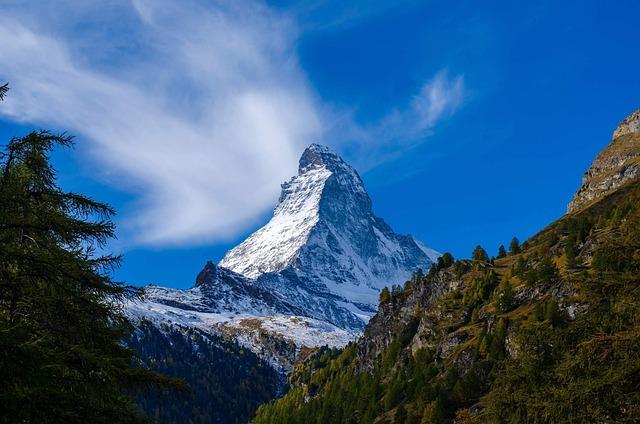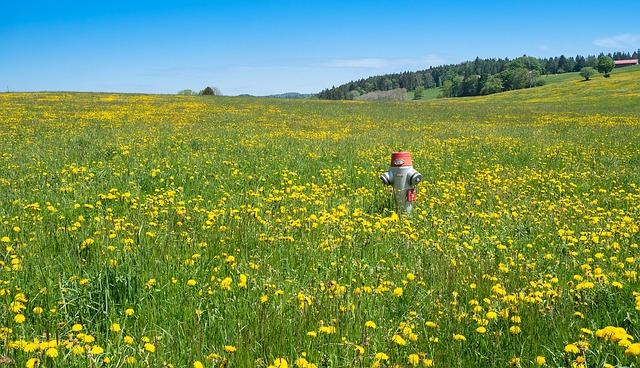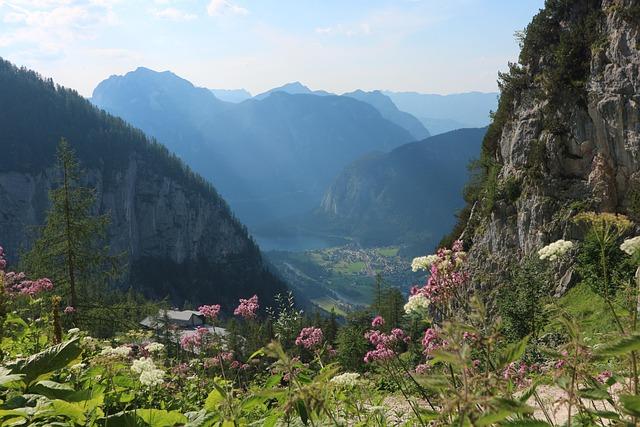- Introduction
- Historical Context: A Century of Observation
- Causes of the Decline in Diversity
- Impact on Ecosystems and Biodiversity
- Conservation Efforts and Future Outlook
- Conclusion
- FAQs
- References
Introduction
For over a century, the Alpine nation of Switzerland has meticulously surveyed its pristine meadows—vibrant ecosystems known for their incredible plant variety. However, recent studies show a troubling reality: a 25% decline in plant diversity across these landscapes over the last 100 years.
In this article, we'll explore the historical context of these surveys and the significance behind the data, examine the key environmental and human factors driving this decline, and analyze the devastating implications for broader ecosystems. We’ll also highlight ongoing conservation efforts and what the future may hold for Swiss meadow ecosystems.
By the end, you'll understand the depth of this environmental issue, what’s at risk, and how a century of change reflects the urgent need for global biodiversity conservation.
Historical Context: A Century of Observation

(Image: Pixabay/@HonestyOutdoors)
Switzerland is renowned for its long-standing commitment to environmental monitoring. Beginning in the early 20th century, botanists and ecologists began carefully documenting the plant species found in alpine and lowland meadows. Many of these early records were handwritten and preserved in scientific archives, forming invaluable baselines for comparative research.
Fast-forward to the 21st century, researchers revisited the exact locations surveyed a century ago. Using GPS technologies and updated taxonomy, they conducted retracing studies and found a stark and consistent pattern—plant diversity had declined across nearly every site, in some cases by over 30%.
The meticulous archival work made Switzerland uniquely positioned to evaluate such long-term change, and the contrast between past and present is both scientifically valuable and deeply concerning.
Causes of the Decline in Diversity

(Image: Pixabay/@adege)
Numerous factors have contributed to the decline in meadow plant species. One of the leading causes is agricultural intensification. To meet food production demands, many traditionally extensive grazing lands have been converted into more productive but chemically treated grasslands. The use of fertilizers and monocultures severely limits which plants can thrive.
Another major concern is land abandonment. Ironically, in some mountainous regions, the cessation of traditional pasture management has allowed shrubs and trees to encroach on meadows, changing the microclimate and soil composition in ways that are unfavorable for meadow flora.
Climate change further complicates the issue. Warmer temperatures are altering growing seasons and enabling invasive species to establish themselves at higher altitudes, upsetting the delicate ecological balance.
Impact on Ecosystems and Biodiversity

(Image: Pixabay/@Elsemargriet)
Swiss meadows are ecosystems teeming with life—from flowering herbs to pollinators like bees and butterflies. The decline in plant diversity doesn’t occur in isolation; it ripples outward, affecting a wide web of species that rely on these habitats.
Pollinators depend on a diverse array of flowers for nectar throughout the growing season. As plant species disappear, so do the insects that feed on them. Birds, small mammals, and other animals higher up the food chain follow suit, leading to declining overall biodiversity.
This devolution creates a feedback loop with consequences for ecosystem services, such as soil fertility, water regulation, carbon sequestration, and disease control. In essence, the vitality of Swiss meadows is a microcosm of Earth's broader environmental health.
Conservation Efforts and Future Outlook

(Image: Pixabay/@Hasselqvist)
Fortunately, awareness over recent decades has prompted action. Various federal and cantonal programs in Switzerland now provide incentives for farmers to maintain traditional land uses that promote biodiversity. Measures include reduced fertilizer use, rotational grazing, and delayed mowing times to allow flowering plants to seed.
Scientific projects such as the Swiss Biodiversity Monitoring program continuously assess habitat health and species distribution. Restoration efforts are also underway in ecologically sensitive areas to reintroduce native plant species and remove invasive ones.
Yet challenges remain. Climate adaptation strategies must be integrated into conservation plans, and public policy will need to reconcile productivity goals with ecological sustainability. Continued collaboration between scientists, farmers, and policymakers will be crucial for reversing or at least halting the current trend.
Conclusion
The Swiss meadow surveys serve as a poignant reflection of environmental transformation over the last century. The 25% drop in plant diversity is more than a botanical concern—it represents a systemic shift in how nature responds to human intervention and climate pressures.
While the data is sobering, it also underscores the power of science and long-term observation to inform action. Protecting what remains and restoring what we've lost will require continued dedication, adaptive thinking, and a collective commitment to preserving biodiversity—not just in Switzerland but across the globe.
FAQs
Why are Swiss meadows important for biodiversity?
Swiss meadows contain a high number of plant species, many of which are endemic to the Alps. These plants support a wide network of animal life, making the meadows essential hubs of ecological diversity.
What can be done to reverse the loss of plant diversity?
Strategies include promoting traditional farming methods, reducing chemical inputs, conserving remaining natural meadows, and supporting rewilding projects that restore native plant communities.
Is this decline happening elsewhere in Europe?
Yes, similar trends are being observed across European grasslands. Habitat loss, climate change, and changing agricultural practices are common drivers affecting biodiversity continent-wide.
How does climate change affect alpine meadow ecosystems?
Warming temperatures shift species ranges upward, alter seasonal cycles, and increase the risk of invasive species moving into fragile alpine zones, disrupting existing ecological balances.
Are there any success stories in meadow conservation?
Yes. Certain regions in Switzerland and across Europe have successfully increased plant diversity by implementing targeted conservation policies, education initiatives, and farmer collaboration programs.

